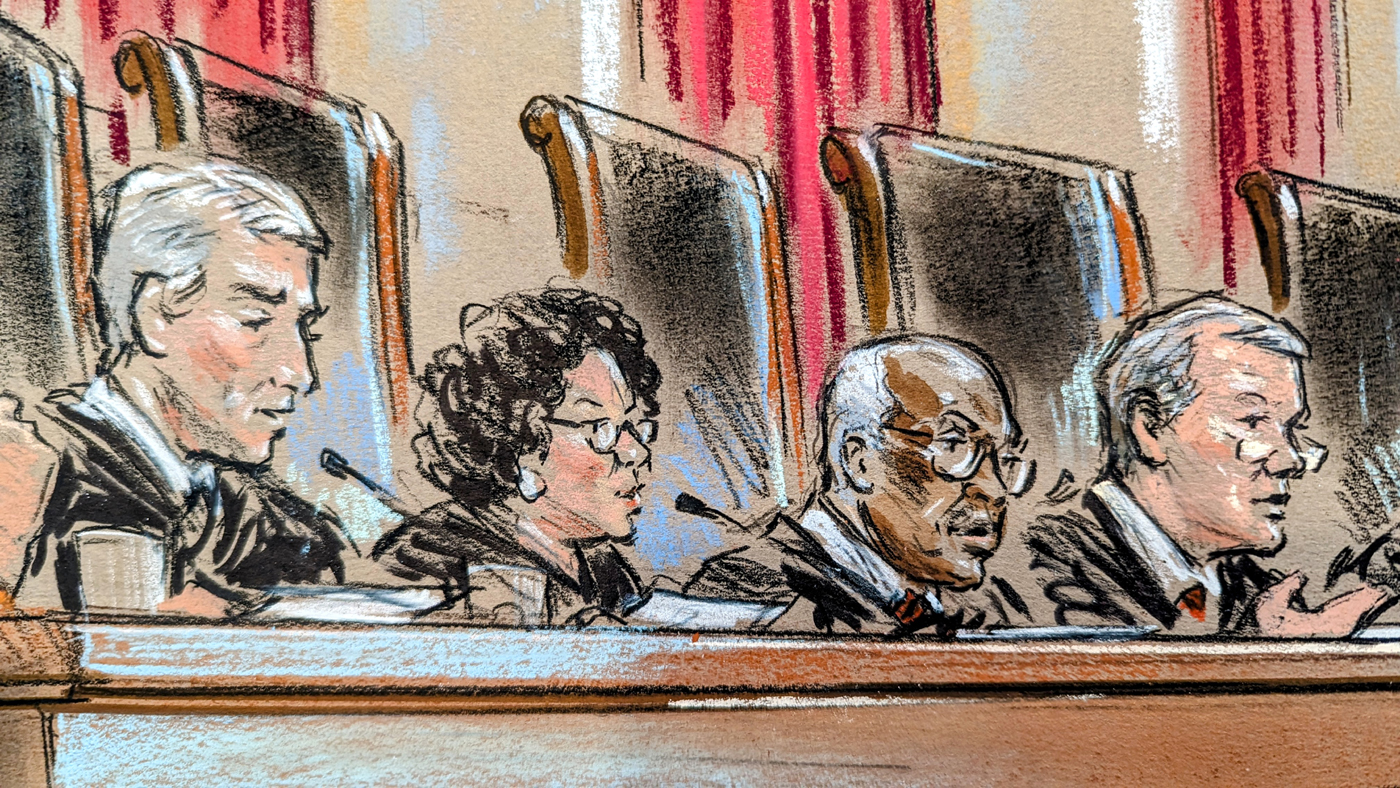Bitcoin Miner and Lancium patent power showdown in Texas | Thompson Coburn LLP
With the rise of Bitcoin and other cryptocurrencies, a large number of “miners” use extremely large (and expensive) amounts of power to “mint” new “coins” for these cryptocurrencies. This “minting” process often involves advanced computers running complex and power-intensive mathematical operations. Recent estimates by the government put total global electricity usage for crypto-assets between 120 and 240 billion kilowatt-hours per year, a range exceeding the total annual electricity usage of many nations. Around 38% of Bitcoin activity takes place in the United States, where crypto mining data centers use as much electricity as traditional data centers.
Recognizing that crypto mining is big business with big numbers behind it, patent owner Lancium, LLC has been targeting these miners. In 2020, it filed a patent infringement lawsuit against Layer1 Technologies, Inc., Case No. 6:20-cv-00739 (W.D. Tex.). And now, more recently on May 10, 2023, it filed suit against U.S. Data Mining Group and related entities (“USBTC”), also in the Western District of Texas, Waco Division.
In this recent suit, Lancium asserts seven different U.S. patents. Lancium alleges that USBTC uses “Lancium’s patented systems, methods, and non-transitory computer readable medium in connection with its Bitcoin and/or other cryptocurrency mining operations” in the Western District. Lancium asserts that it was founded to “create solutions to enable more renewable energy on the nation’s power grid” to provide greater variability and volatility of electricity. Lancium claims it conceived of “an entirely new and revolutionary type of data center that could essentially be turned off or turned down during economically opportune time periods.” Conversely, the data center can be turned up during periods of cheap energy, which according to Lancium can sometimes be “negatively-priced.” Flexible datacenters like these are useful for cryptocurrency mining. Lancium pleads, on information and belief, that USBTC’s four U.S. datacenters access over 730 MW of electricity. According to Lancium, USBTC has claimed that its datacenters are able to ramp up and ramp down depending on the available supply of renewable energy. Lancium seeks an injunction prohibiting future infringement, damages, and enhanced damages for USBTC’s willful infringement.
Perhaps influenced by the reputation of the Western District of Texas as plaintiff friendly (West Texas plaintiff-friendly patent decisions keep coming; A race between West Texas and Delaware for the patent venue of choice; and Western District of Texas finally spurred to action to address Waco division patent dominance), on May 16, 2023, another potential Lancium target, OBM, Inc., filed a declaratory judgment suit against Lancium in Houston, in the Southern District of Texas. In this suit, OBM seeks a declaration that it does not infringe one of the seven patents asserted by Lancium in the Waco case involving USBTC. Here, OBM alleges that the Electric Reliability Council of Texas (ERCOT) in Texas established standards for regulating the electric grid in Texas. OBM further alleges that the patent-in-suit was filed to cover ERCOT’s energy curtailment program (referred to as “CLR”) and has been asserting infringement against data miners attempting to qualify under CLR (such as USBDT), as well as software companies (such as OBM) attempting to assist them in doing so.
It remains to be seen whether these cases will be heavily litigated or quickly settle. But with increases in renewable energy and the large power consumption habits associated with cryptocurrency mining, it won’t be surprising to see more of these suits filed.
The pending cases are Lancium LLC, v. US. Data Mining Group, Inc. (d/b/a US Bitcoin), et al., Case No. 6-23-cv-00344 (W.D. Tex.) and OBM, Inc. v. Lancium LLC, Case No. 4-23-cv-01798 (S.D. Tex.).






